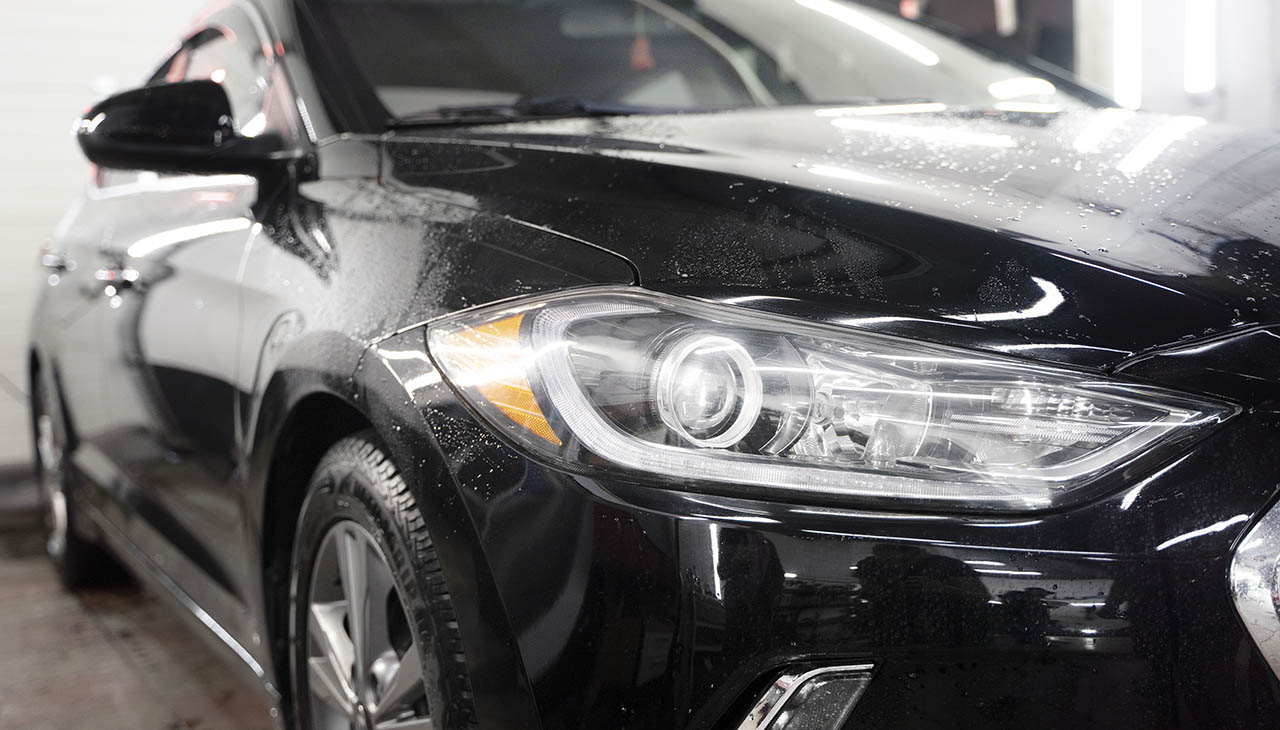
The quest for speed and efficiency in sports car design is a testament to the intricate dance between form and function, where aerodynamics plays a leading role. Since the dawn of the automotive industry, engineers and designers have been mesmerized by the challenge of shaping vehicles, not only for aesthetic appeal but also to slice through air with minimal resistance. This relentless pursuit has given birth to innovations that have transformed mere transportation into an art, heralding a new era of performance where the principles of airflow dictate the curvature and contours of every high-speed machine on wheels. The following sections will delve into the pivotal moments and breakthrough technologies that have marked the evolution of aerodynamics in the making of the modern sports car.
Early Beginnings
The genealogy of aerodynamic design in sports cars can be traced back to the early supercars that resembled bullets gliding across the pavement. These pioneering machines boasted a sleek and streamlined appearance, crafted meticulously to minimize air resistance. Engineers at the time may not have had the sophisticated computational tools available today, but their intuitive understanding of airflow led to the creation of designs that belied the simplicity of their time. It was in this formative era that the foundation for aerodynamics as a critical component of high-performance automotive engineering was firmly established, setting the stage for future innovations.
Post-War Era
Following the cessation of global hostilities, the post-war era ushered in a transformative period for sports car design. During this time, an abundance of fuel and a renewed sense of adventure encouraged a wave of experimentation and development in automotive aerodynamics. Engineers and designers began to push the boundaries of traditional car shapes, employing wind tunnel testing and fluid dynamics studies to refine vehicle silhouettes. This led to more sophisticated considerations of drag reduction, stability at high speeds, and the cooling of critical engine components. Cars of the post-war era started to feature smoother lines, rounded edges, and even the development of the first rear spoilers, highlighting performance and efficiency as much as the raw power that lies beneath their hoods.
Modern Innovations
Advancements in materials, computational fluid dynamics (CFD), and wind tunnel testing have revolutionized the approach to sports car aerodynamics. The integration of cutting-edge technologies has allowed for the creation of highly efficient and aerodynamically optimized sports cars. Today, designers utilize lightweight composite materials that provide greater strength with less bulk, enabling sleeker car profiles with enhanced airflow properties. Combined with CFD, engineers are now able to simulate and analyze aerodynamic performance with incredible precision, leading to the meticulous sculpting of bodywork and the strategic placement of vents, flaps, and winglets to manipulate air currents. Furthermore, the sophistication of wind tunnel testing has reached new heights, allowing for real-world aerodynamic testing that complements virtual models, ensuring that the latest sports cars not only look breathtakingly sculptural but also perform at the pinnacle of efficiency and speed.
Impact on Performance
The evolution of aerodynamics has significantly influenced the performance of sports cars. By minimizing drag forces and maximizing high-speed stability, modern sports car designs embody the culmination of aerodynamic research and engineering. This relentless quest for aerodynamic perfection has led to vehicles that can cut through the air with unparalleled ease, allowing for greater acceleration, higher top speeds, and improved fuel efficiency. Moreover, the intricate aerodynamic structuring goes beyond reducing air resistance; it’s essential for channeling airflow to cool engines and brakes, as well as for generating downforce that keeps the car planted to the tarmac at high speeds, thereby enhancing handling and safety. Today’s sports cars are not just faster; they are also more reliable and deliver a more connected driving experience, proving that the art of aerodynamics is as much about exhilarating performance as it is about the science of speed.
Future Trends
As the automotive industry continues to evolve, advancements in design and aerodynamics are poised to shape the future of sports car development. The integration of sustainable aerodynamic solutions and innovative design approaches will play a crucial role in defining the next generation of sports cars. Engineers are exploring active aerodynamics, which adapt to different driving conditions in real time, optimizing performance while reducing energy consumption. With the emergence of electric sports cars, the paradigm of aerodynamic efficiency is shifting towards minimizing drag to extend battery range without compromising on aesthetics or speed. Additionally, the push towards eco-friendliness brings forth new materials and production techniques that lower the carbon footprint. These future trends signal a new horizon where high-stakes performance merges with sustainability, charting the course for a greener, yet equally thrilling, chapter in sports car history.
